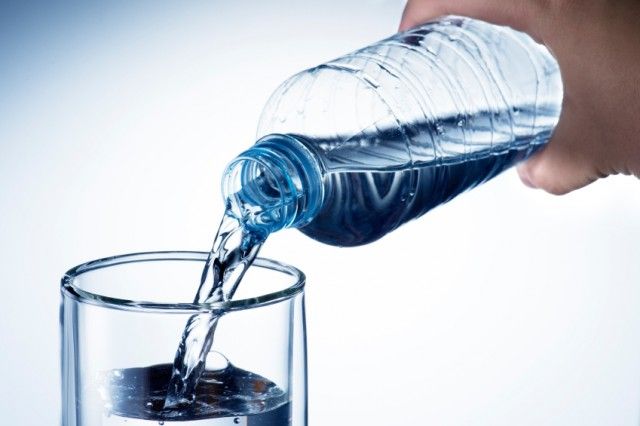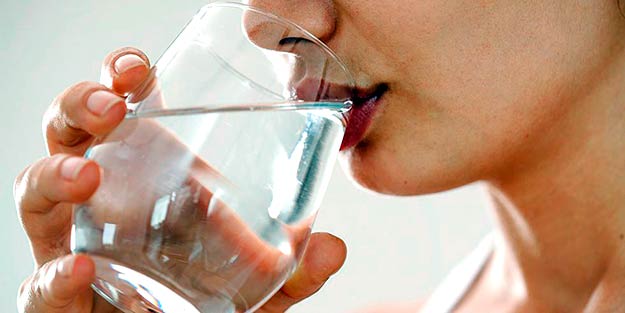Preloading water before meals helps you lose weight, according to a study published in the journal Obesity, which can be found via WebMD. The study looked at 84 obese adults and had 41 members of the group drink around 16 ounces of water before meals, while the other 43 adults were asked simply to imagine being full before digging into their food. (And yes, we’re talking pure, natural water here — no pre-packaged fizzy waters or store-bought bottles of flavored water that can sometimes also contain sugar or chemicals.)
Interestingly, those who had the 16 ounces of H2O before meals lost an average of 2.87 pounds more than those who just pictured themselves full. In fact, over the course of the 12 weeks, those who filled up on water prior to eating the three main meals a day lost an average of 9.48 pounds, whereas doing it just once a day or not at all resulted in an average loss of 1.76 pounds. Read more






